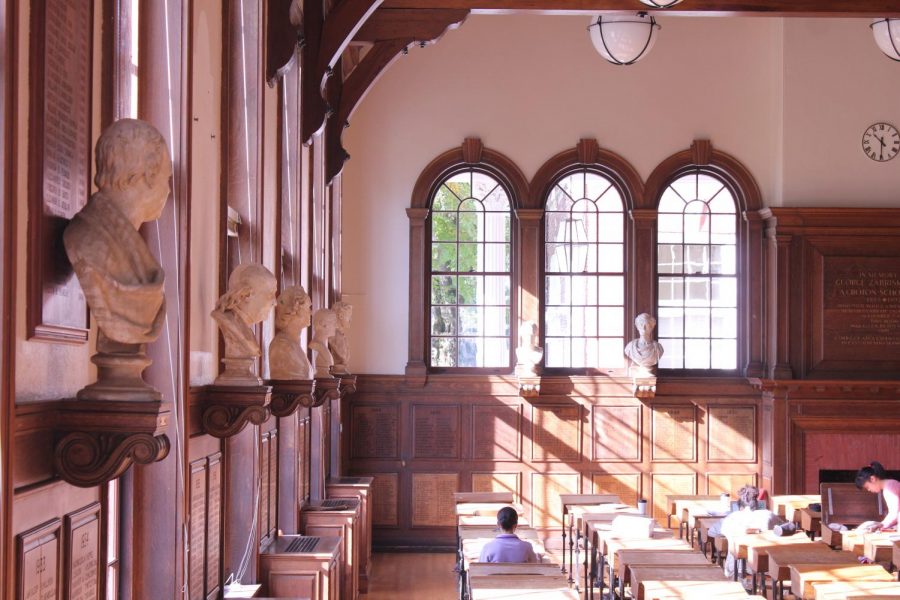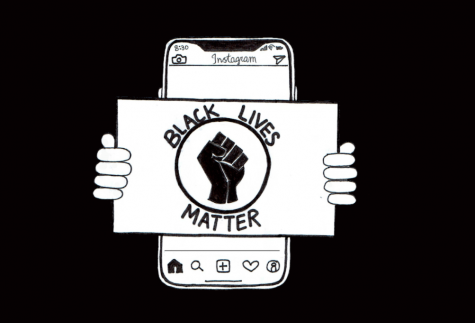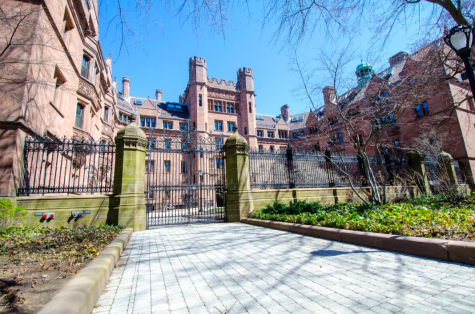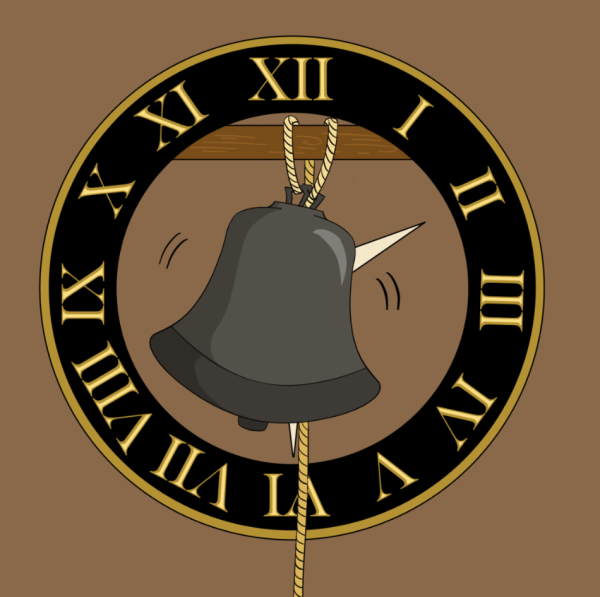The Damaging Legacy of an All-Boys School
It’s the morning: you wake up with enough time to have a quick breakfast, so you head over to the dining hall. And at the dining hall, you look around. You see the portraits, and they’re all of men. If women are featured, they’re sitting down in front of their husbands. You look at the senior section, and the golden lettering of past senior prefects catch your eye. The names are mostly those of men, and it reminds you that girls were not allowed to attend Groton until 1975.
At 7:55, you walk over to chapel. As you wait for the service to commence, your eyes wander to the walls, which feature hundreds of names. Hundreds of male names. Finally, you walk over to the schoolroom for Roll Call, and while the senior and house prefects are waiting to begin, you notice the busts of great thinkers that line the schoolroom walls.
They’re all male.
At Groton, we hear a lot about diversity and inclusion – coupled together, we are supposed to believe that they make perfection. We hear that our school would be nothing without these things.
And yet, I often feel that we only pay lip service to these two ideals for the sake of political correctness. The School’s interest in diversity and inclusion doesn’t quite feel genuine, and I think that’s why there has been backlash from students. If the School truly valued inclusion, would there be female busts in the schoolroom? Or wouldn’t there be at least some discussion of including female busts? There are many different women who Groton could showcase—Cleopatra and Hypatia, to name a couple.
They are just statues, it’s true, but as a girl at Groton, I am constantly made to feel like an outsider, and after a while, it becomes ridiculous.
Groton was founded as an all-boys school, but as we celebrate the School’s 133rd birthday, it’s clear: we are no longer in that time. The portraits in the Dining Hall are tolerable since all headmasters have been men, as are the names in the Chapel, but the busts in the schoolroom are not gender specific. They are simply the busts of some of the greatest human thinkers. And to specifically exclude women from that group seems incredibly out-of-touch and embarrassing for the School.
Men are no more capable of critical thinking than women. But the message that Groton sends by only showcasing great male thinkers is that men are above women. Subtly, the School is putting every single female student down, every single morning. Perhaps we have a diversity and inclusion group, and perhaps we have discussion groups and speakers who tell us that we can bring about change. And the School even supports that: in fact, such activities are mandatory.
That’s all well and good, but we live, study, and sleep on a campus that was made for men, and we can talk diversity and inclusion until we’re blue in the face, but until the Groton community decides that it’s important for girls to feel included, talking is all we can do.
Nina is from New York City and entered Groton in second form. Though she has always enjoyed writing, this is her first year writing for The Circle...










